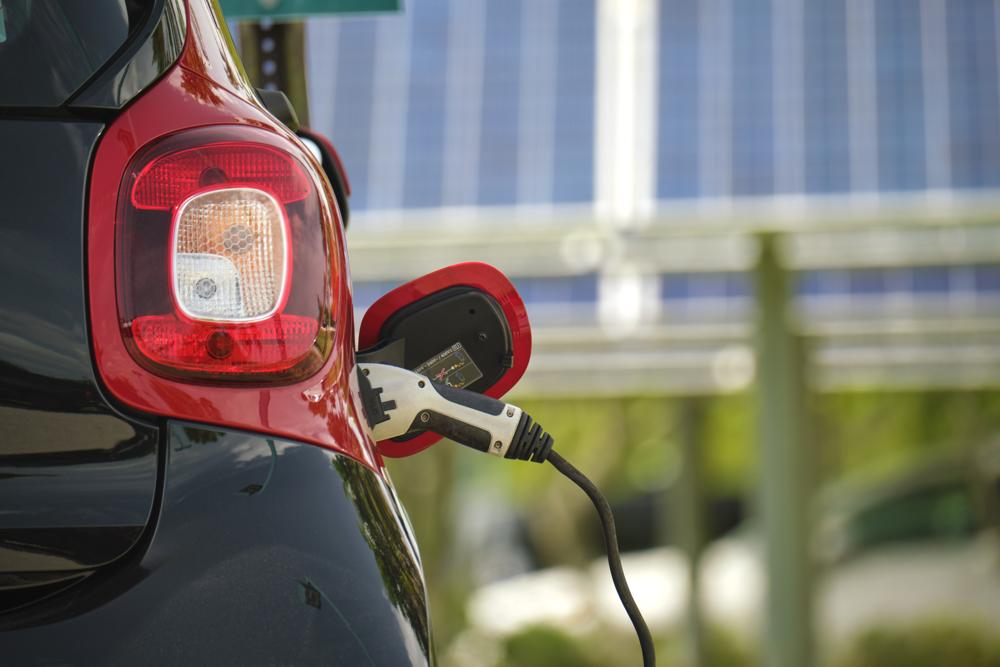
The Growing Presence of Electric Vehicles in the US
Share
The Rise of Electric Vehicles in the US
The popularity of electric vehicles (EVs) is on the rise in the United States. As concerns about climate change and air pollution continue to grow, more and more Americans are turning to electric vehicles as a cleaner and more sustainable transportation option.
The adoption of electric vehicles is not only driven by individual consumers but also by government initiatives to reduce greenhouse gas emissions and improve air quality.
Tracking the number of electric vehicles in the US is important for several reasons. Firstly, it allows us to measure the impact of EVs on reducing greenhouse gas emissions. Transportation is one of the largest sources of greenhouse gas emissions in the US, so the transition to electric vehicles has the potential to make a significant difference in reducing carbon emissions.
Secondly, tracking the number of electric vehicles provides insight into the effectiveness of government incentives and subsidies in promoting EV adoption.
Finally, it allows us to monitor the impact of EVs on air quality, as electric vehicles produce zero tailpipe emissions.
There are several benefits to driving electric vehicles. One of the main advantages of EVs is their reduced greenhouse gas emissions. Electric vehicles produce zero tailpipe emissions, meaning they do not emit any pollutants into the air while driving. This is in contrast to conventional gasoline-powered vehicles, which emit carbon dioxide and other greenhouse gases that contribute to climate change. By driving electric vehicles, individuals can significantly reduce their carbon footprint and contribute to mitigating climate change.
Another benefit of electric vehicles is the availability of government incentives and subsidies. Many states and local governments offer incentives to encourage consumers to switch to electric vehicles. These incentives can include tax credits, rebates, and grants, which can significantly reduce the cost of purchasing an electric vehicle. In addition, there are federal incentives available, such as the federal electric vehicle tax credit, which provides a tax credit of up to $7,500 for the purchase of a new electric vehicle. These incentives make electric vehicles more affordable and help to offset the higher upfront cost compared to traditional gasoline-powered vehicles.
Electric vehicles also have a positive impact on air quality. The combustion of gasoline in conventional vehicles produces pollutants such as nitrogen oxides and particulate matter, which can contribute to smog and respiratory problems. Electric vehicles, on the other hand, produce zero tailpipe emissions, meaning they do not contribute to air pollution. By driving electric vehicles, individuals can help improve air quality and reduce the negative health effects associated with air pollution.
Despite the numerous benefits of electric vehicles, there are still challenges to their widespread adoption. One of the main challenges is the lack of a centralized reporting system for tracking the number of electric vehicles. Unlike conventional vehicles, which are registered with the Department of Motor Vehicles, there is no standardized reporting system for electric vehicles. This makes it difficult to accurately track the number of electric vehicles on the road and measure their impact on reducing greenhouse gas emissions.
Another challenge is the difficulty in defining what constitutes an electric vehicle. There are different types of electric vehicles, including battery electric vehicles (BEVs) and plug-in hybrid electric vehicles (PHEVs). BEVs are fully electric vehicles that run solely on electricity, while PHEVs have both an electric motor and a gasoline engine. The distinction between these two types of vehicles can be blurred, as some PHEVs have a limited electric range and rely more on the gasoline engine. This makes it challenging to accurately count the number of electric vehicles, as some PHEVs may be counted as conventional vehicles.
In addition, the high costs of purchasing and maintaining electric vehicles can be a barrier to adoption. While the cost of electric vehicles has been decreasing in recent years, they are still more expensive upfront compared to conventional vehicles. The cost of batteries, which is a key component of electric vehicles, is one of the main factors contributing to the higher cost. In addition, the cost of charging infrastructure and maintenance can also be higher for electric vehicles. However, it is important to note that the operating costs of electric vehicles, including the cost of electricity, are typically lower compared to gasoline-powered vehicles.
Automakers play a crucial role in driving the adoption of electric vehicles. Tesla, led by CEO Elon Musk, has been at the forefront of the electric vehicle revolution in the US. Tesla's Model S, Model 3, and Model X have been well-received by consumers and have helped to popularize electric vehicles. Tesla's Supercharger network also addresses the issue of charging infrastructure, providing fast charging options for Tesla owners.
Other automakers are also entering the electric vehicle market. Ford, for example, has announced plans to invest $11 billion in electric vehicles by 2022 and aims to have 40 hybrid and fully electric vehicles in its lineup by then. Volkswagen, which faced significant backlash from the "dieselgate" scandal, has also made a commitment to electric vehicles. The company plans to launch 70 electric models by 2028 and aims to sell 22 million electric vehicles over the next decade.
In conclusion, the presence of electric vehicles in the US is growing rapidly. The transition to electric vehicles has numerous benefits, including reduced greenhouse gas emissions, government incentives and subsidies, and improved air quality. However, there are challenges to widespread adoption, including the lack of a centralized reporting system and the high costs of purchasing and maintaining electric vehicles. Automakers play a crucial role in driving the adoption of electric vehicles, with Tesla leading the way and other automakers entering the market. As electric vehicles become increasingly popular, it is important to accurately track the number of electric vehicles in the US to measure their impact and evaluate the effectiveness of government initiatives.
